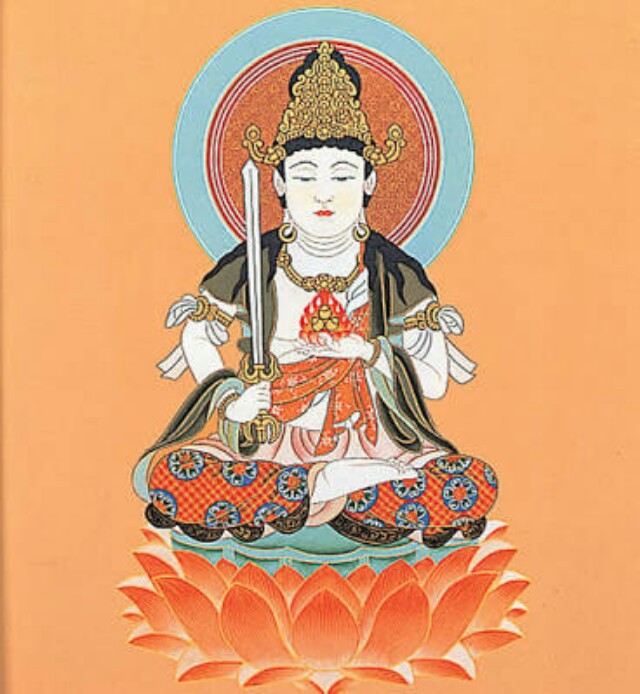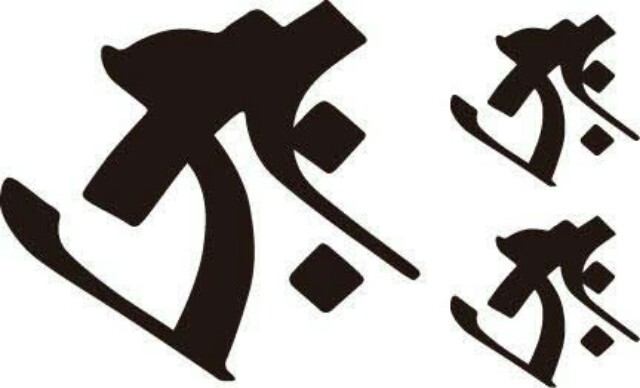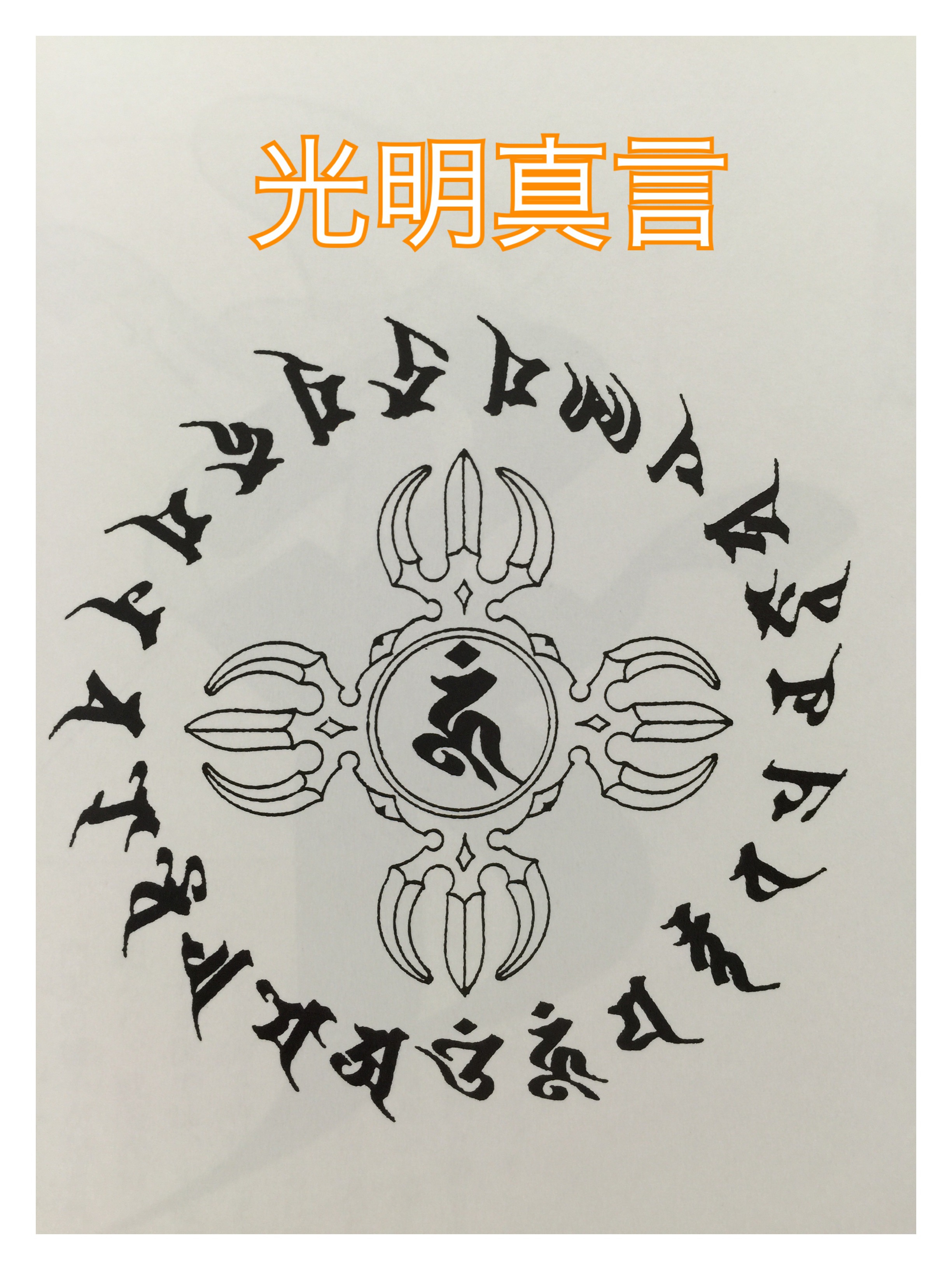梵字とは梵語を書くのに用いる文字のことを言い、吉祥文字と言われています。梵語は古代インド(天竺)の言語のことを言います
梵字 准肌観音 准胱観音真言 なう まく さ た なん さん みゃく さん ぼ だ く ち なん た にや た おん しゃ れい しゅ れい じゅん でい そわ か 准服とは、梵名チユンデイ上の呂号の音写で「清浄無垢」という意味があり、さとりの道を歩 ませる観音です。 別名、准服仏母、七倶服仏母とも呼ばれます。七倶服とは「無量」を意味しますから、多くの諸 仏の母となります。そのため観音菩薩ではないとの説もあります。経軌にも観音として説かれてい ないことから、犬台密教では准肛如来として仏部の尊としますが、真言密教では観音の一つとして六観音の中に加えます。 求児・安産の本尊としてもまつられます。もとは水の神で、その姿は女身といわれています。 なお、胎蔵曼荼羅中台八葉院の観音の種子は、この准服観音のブ(回)字が記されています。 Associate skin Kannon Associate Bladder Kannon Mantra Nau Makusata Nansan Myakusan Bodakuchi Nan Taniya Onsha Rei Shu Rei Jun Dei Sowaka Associate clothing means "clean and innocent" in the transcription of the Ro-go on Sanskrit, and walks the path of Satori. This is Kannon. Also known as Associate Clothes Buddha and Shichiku Clothes Buddha. Since seven clothes mean "infinite amount", many things Become the mother of the Buddha. Therefore, there is a theory that it is not a Kannon Bodhisattva. It is also explained as Kannon in the history In Inudai Esoteric Buddhism, it is regarded as a Buddhist priest as a quasi-Ana Nyorai, but in Shingon Esoteric Buddhism, it is added to Rokukannon as one of the Kannon. It is also enshrined as the principal image of childbirth and childbirth. Originally a god of water, its appearance is said to be a woman. In addition, the seeds of Kannon of the Fetal Mandala Nakadai Hachiyoin are marked with the B (times) character of this quasi-clothing Kannon. 11111111 トップページ Copyright © ○○○, All rights reserved.





